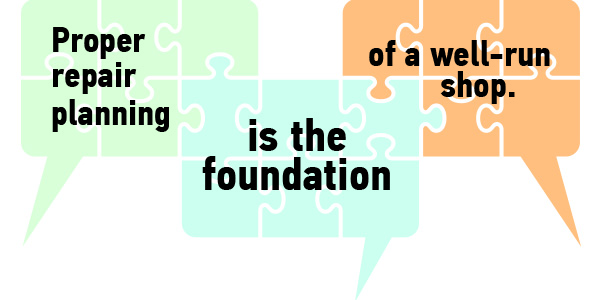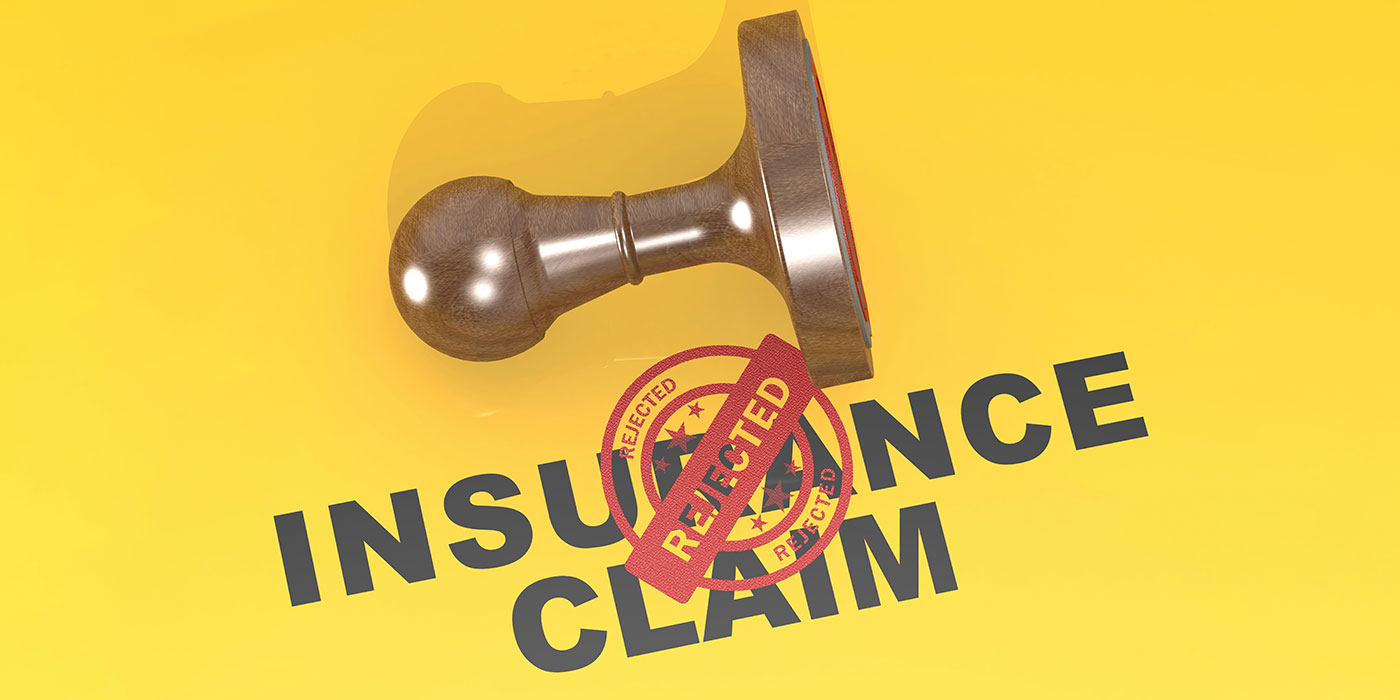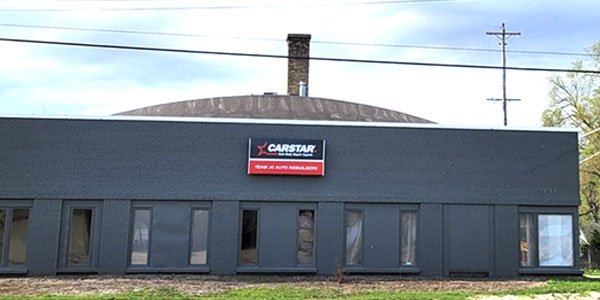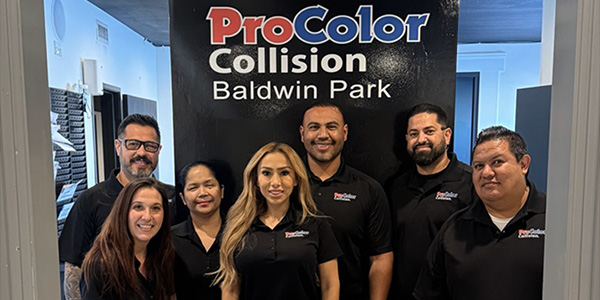
Proper repair planning is the foundation of a well-run shop. To be successful, you have to provide customers (internal and external) with a well-defined and accurate repair plan.
Under Pressure
We began to feel the pressure on performance back in the early 2000s. Insurance companies began having a stronger influence on where work was directed. And, like many businesses and industries, customers were no longer happy with the thinking of quality, speed, cost – pick any two. Insurers wanted it all: the best-quality workmanship, accurate documentation, a good policyholder experience and the best cycle time – all at a competitive price.
The writing was on the wall. The best-performing business organizations were going to have a competitive advantage over under-performing competitors. To achieve our vision for profitable growth and capture more market share, we had to improve our performance.
Theory of Constraints
About 10 years ago, we started investing in training based on the Theory of Constraints. This training led to the development of our repair planning system, which is made up of six activities:
1. Scheduling (call center). The call center:
- Schedules the customer for estimate, repair and drop-off
- Coordinates rental
- Creates repair order
- Briefs office manager
2. Customer check-in. The guest services representative:
- Verifies repair order information
- Reviews process with the customer
- Sets expectations
3. Vehicle check-in (guest services representative)
- Wash vehicle
- Identify and map unrelated damage
- Take photographs
- Offer goodwill opportunities or up-sells
- Repair blueprinting
4. Meticulous disassembly (disassembly technician)
- All parts removed, inspected, marked and stored on a parts cart
- Hidden damage identified by disassembly technician
- All hardware sorted, bagged and stored
- Obvious supplemental damage mapped
5. Damage assessment (damage assessment team)
- Team: estimator, disassembly technician, parts coordinator, lead technician (as needed), painter and production manager
- A collaborative effort upon completion of meticulous disassembly
- Goal is to finalize a locked repair plan that identifies all the damage with the correct parts usage and parts prices within two hours of drop-off for drivable vehicles and 24 hours for tow-ins.
6. Parts procurement
- Review parts and hardware needs with vendors
- Parts order (electronically preferred)
- Parts check-in
- Parts quality verification
- Parts mirror matching
- Parts delivery to parts cart or technician
7. Quality verification (production manager)
- Upon completion of each department’s completed work
- Production
- Paint
- Assembly
- Detail
- Delivery
Lessons
We’ve learned so many lessons over the years from continuously trying to improve our repair planning system that it would be hard to fit them all in this article. But here are some.
We found that workplace organization around our repair planning system is important. We use dedicated bays that feature point-of-use tools, computer access to our estimating and management system as well as OEM information, Internet connectivity and more. Technicians use dedicated workbenches to inspect parts, label them and store them on parts carts in a manner that makes mirror matching effective and efficient.
We’ve found that successfully developing, implementing and sustaining repair planning best practices is more about causing and sustaining change than it is about the activities. The majority of people know what’s broken within the process and what needs to change. Roughly 30 percent of people know what you need to transition to – a repair planning system. However, only 15 percent of managers can cause the changes to happen, and only 5 percent can sustain change over the long haul.
Damage Assessment
We recently developed a comprehensive repair planning training program for the damage assessment team consisting of estimators, a disassembly technician, a parts coordinator, a lead technician and a painter.
The training program is designed around the predictable reasons why the majority of change efforts fail. The two-day training program covers organizational vision, mission and core values. We help the damage assessment team understand the compelling reason for efficient and accurate repair planning, and each activity under the repair planning process. Location managers and regional managers are held accountable for process consistency and performance.
The key performance measurements for repair planning are CSI (customer satisfaction), NPS (net promoter score), cycle time, length of rental, and gross earned on labor, parts, material and sublet. We constantly monitor these key performance indicators and report performance to the staff on a regular basis.
Growth
We have grown from one collision repair facility in the early 2000s to 14 facilities located in western New York and the surrounding region. And we believe our repair planning system is a significant factor in our success and a key component to our competitive advantage.













